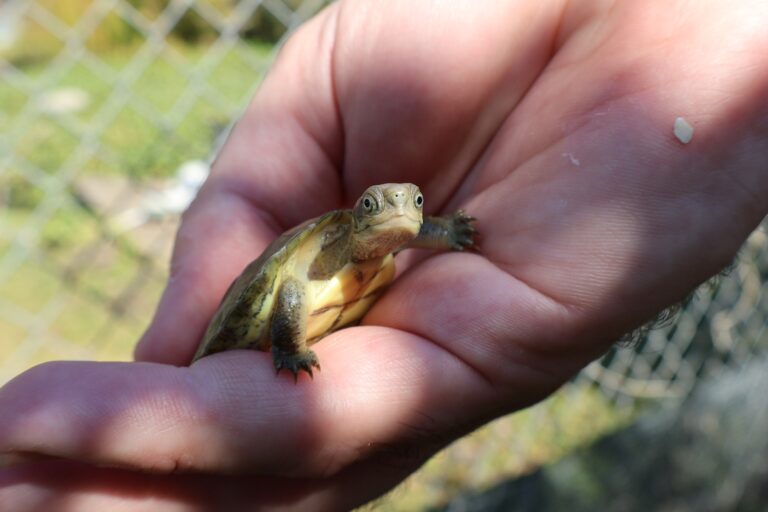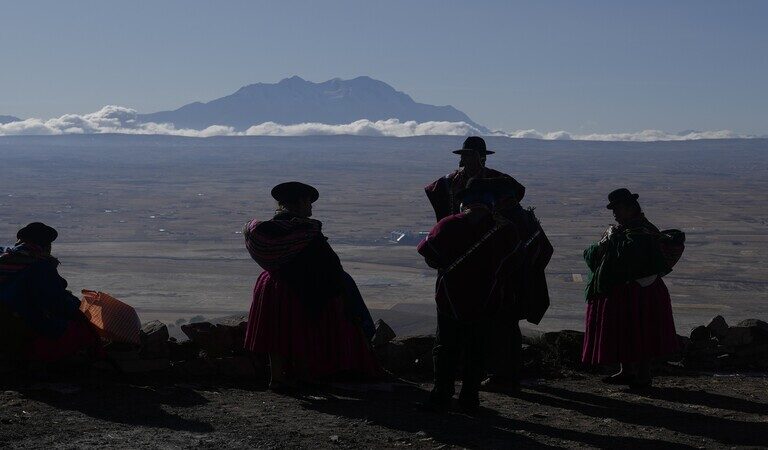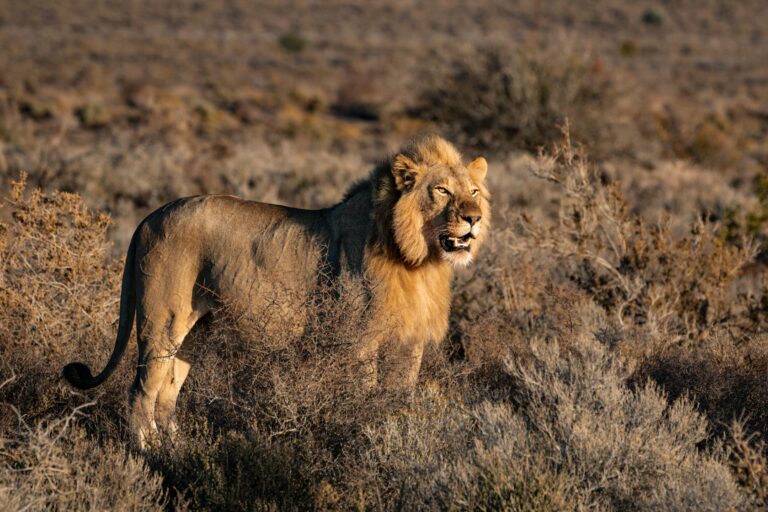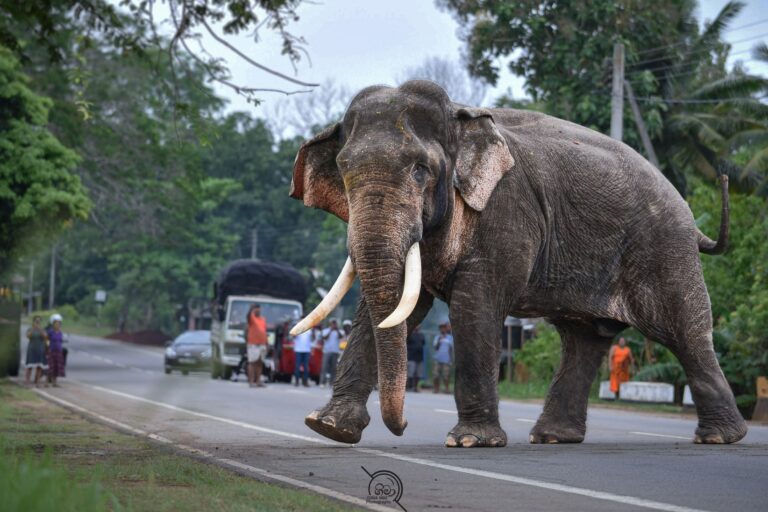Hurricane Milton, one of the strongest Atlantic hurricanes on record, is expected to hit the Gulf Coast of central Florida in the U.S. on Oct. 9. Hurricane Milton follows on the heels of Hurricane Helene, which devastated parts of the Southeast just two weeks earlier. Both storms coincide with the fall migration of birds in North America. Scientists say such storms can be deadly for birds, but many species have ways to cope with hurricanes; some even benefit.
The U.S. National Hurricane Center radar recently observed a flock of birds traveling in the eye of the hurricane. Although we don’t know the species of birds traveling with Milton it is “fairly common” to find certain types of birds inside a hurricane, Andrew Farnsworth, visiting scientist at the Cornell Lab of Ornithology, told Mongabay by phone.
Some migratory seabirds, like sooty terns (Onychoprion fuscatus), are particularly vulnerable. “It’s a very aerial species; sometimes the birds won’t touch down for many months at a time. So, a hurricane is a perfect vehicle to wrap them up and transport them far away,” Farnsworth said.
After Hurricane Helene, sooty terns, native to the Caribbean, were found more than 1,600 kilometers (1,000 miles) away in Indiana.
“They travel with the storm, and then when the storm sort of blows apart, the birds get deposited,” Farnsworth said.
Many wayward birds make it back home, particularly if they are deposited near a waterway. However, some don’t survive the return trip, so far removed from their natural habitat and food.
For some waterbirds, though, hurricanes can actually bring more food. Scientists in a recent study noted that one-third of the Desertas petrels (Pterodroma deserta) they tracked intentionally followed hurricanes. Desertas petrels aren’t strong divers, so when storms churn up nutrients and prey to the ocean surface, petrels take advantage, the study found.
Hurricane season coincides with the fall migration of some 5 billion birds. Radar images showed that before Hurricane Helene, there was a large concentration of migrating birds along the U.S. East Coast, but as the storm made landfall, the only bird migration was west of the storm.


Farnsworth said migrating birds on land can choose to stay put if the conditions are bad. “You can just hunker down and say, ‘OK, not migrating today,’” he said. When the storm passes, the birds carry on.
For birds migrating south over water, like the Gulf of Mexico where Milton passed through, it’s a different story. These birds can get caught up in the storm and get displaced northward again. Some even die en route.
Birds evolved with hurricanes but climate change is fueling more frequent strong storms, and that change in intensity “has the potential to change migration patterns in ways that we don’t necessarily understand,” Farnsworth said.
Banner photo: by Duncan Wright via Creative Commons (CC BY-SA 4.0)














